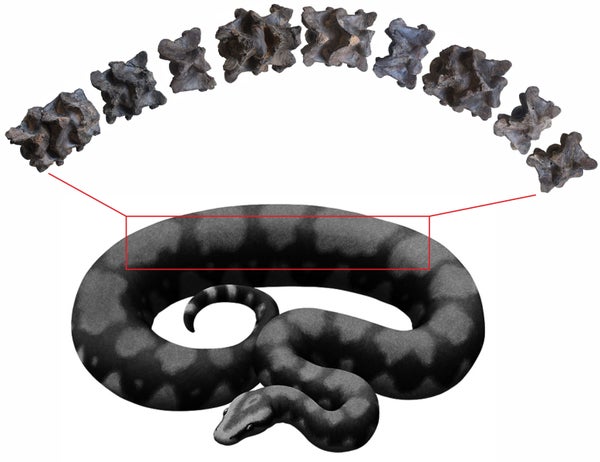Botched construction project damaged important dinosaur track site in Utah, paleontologists say

Paleontologists were dismayed this week to learn that early Cretaceous dinosaur prints at the Mill Canyon Dinosaur Tracksite near Moab, Utah, were damaged during efforts by the Bureau of Land Management (BLM) to repair a boardwalk there. A backhoe ran over some of the more than 200 tracks at the site, one of the richest in North America, according to scientists who saw the machine’s tracks atop several ancient prints on Sunday.
“This was a bureaucratic screw-up,” says Jim Kirkland, state paleontologist for the Utah Geological Survey, who’s familiar with the site and visited it Sunday. Although some social media reports estimated 20% to 30% of the 112-million-year-old tracks were damaged, Kirkland says the destruction is probably confined to the perimeter of the protected area, although its full extent isn’t clear. But he’s upset that no paleontologists were involved in any stage of the project. “They didn’t talk to any of us,” Kirkland says of BLM. “I had no clue.”
BLM did not respond to specific questions about the damage. BLM Public Affairs Specialist Rachel Wootton released a statement saying heavy equipment was not used near “protected” tracks. “The Moab Field Office is working to improve safe public access with an updated boardwalk that is designed to protect the natural resources of this site. During that effort, heavy equipment is on location, but it is absolutely not used in the protected area,” the statement says.
The Mill Canyon Dinosaur Tracksite, nestled among the red rock formations of the Canyonlands and Arches national parks 30 kilometers north of Moab is “a very important site,” Kirkland says. “It has a very high diversity of tracks,” adds Martin Lockley, a paleontologist at the University of Colorado, Denver, who led the first scientific study of the site in 2013. The site is about half a hectare and was once the location of an ancient lake. It preserves tracks of about 10 species, including dinosaurs such as the hadrosaur and a feathered dromaeosaur, as well as crocodiles and birds. “Other large well-known track sites maybe just have three or four” kinds of animals, Lockley says.
The tracks also record a range of behaviors, including ancient crocodiles sliding onto the muddy shore to sun themselves, and perhaps a swimming dinosaur that left prints on the lake bottom. The tracks were discovered and reported to BLM in 2009, and the site is under the administration of BLM’s Moab Field Office. The staff paleontologist at that office left in 2018, and the position has been vacant since, according to Kirkland and other paleontologists.
An environmental assessment document indicates the boardwalk removal project was set in motion in October 2021, though members of the public and the scientific community only became aware of it last week. There was no paleontological input into the environmental assessment and no public comment period for the proposed project, which is unusual, says Jeremy Roberts, a Utah resident and paleontology enthusiast who visited the site over the weekend and has tweeted about the damage.
Roberts thinks that at some point last week or last weekend, the existing boardwalk, which ran right next to some of the tracks, was dismantled and stacked. Tracks of a backhoe are visible over an unknown number of tracks, including a crocodile resting trace and hadrosaur tracks, according to reports from Kirkland, Roberts, and others who visited Mill Canyon on Sunday. “That stuff is completely irreplaceable,” Roberts says.
Checkout latest world news below links :
World News || Latest News || U.S. News
Source link



